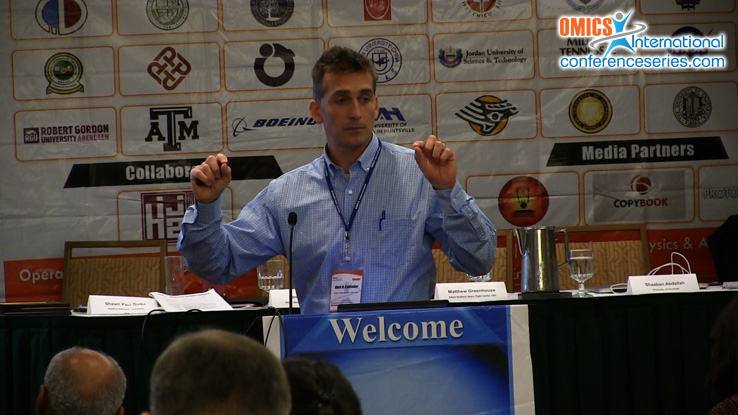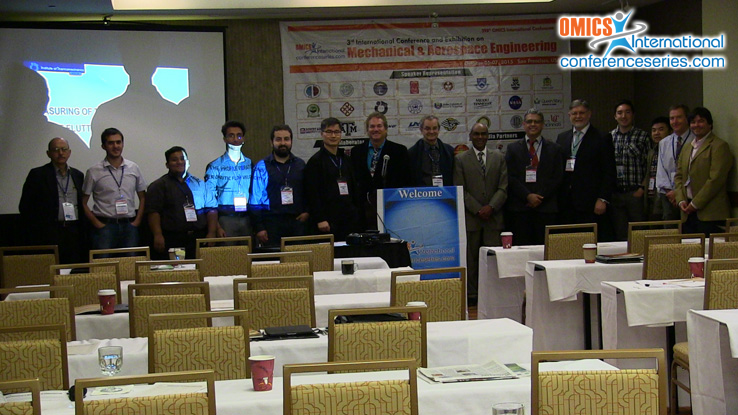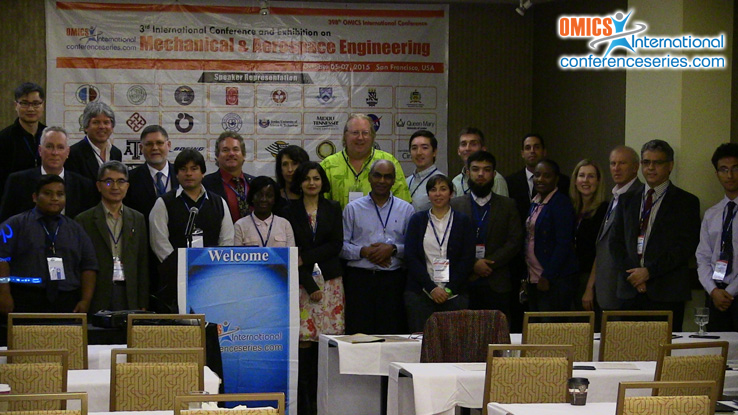
Mark N. Callender
Middle Tennessee State University
USA
Title: Theoretical optimization of a cylindrical body of rotation using magnus effect lift
Biography
Biography: Mark N. Callender
Abstract
The Magnus Effect is the phenomenon whereby a rotating body experiences an asymmetric force due to its rotation. Historically researchers (i.e. Benjamin Robins and Gustav Magnus) investigated this effect using spherical bodies. A simplified investigation later followed by limiting attention to two dimensions, reducing the sphere to a circle. Potential flow theory was capable of describing this situation by superposing a uniform stream upon a collocated doublet/vortex flow. Integrating Euler’s equation along the surface of the resulting “rotating” circle yielded an asymmetric force. Experimental verification of this theoretical result was undertaken by approximating the two dimensional circle by a circular cylinder that spanned either a water or wind tunnel. Potential flow theory was taken by Ludwig Prandtl and expanded to describe the lifting flow about a three dimensional surface. Prandtl and his colleague Max Munk used this theory to derive the optimum distribution of vortex flow (hence circulation) along the span of a lifting body. The elliptical distribution is the optimum in order to reduce induced drag. Given that optimum, Munk was able to solve for the optimum chord distribution for a fixed wing. The extension from two dimensional to three dimensional investigation for airfoils/fixed wings has outpaced that for rotating bodies. The majority of the work on rotating bodies to date has remained two dimensional. The author has taken the optimum circulation distribution and applied it to a rotating cylindrical body. The theoretically optimum three dimensional geometry has been derived and will herein be described.




